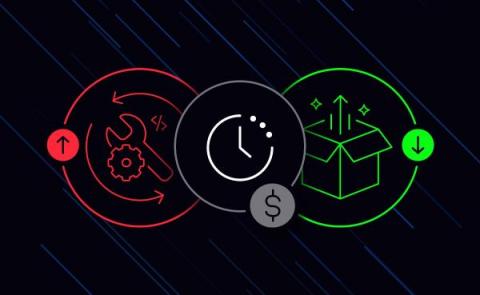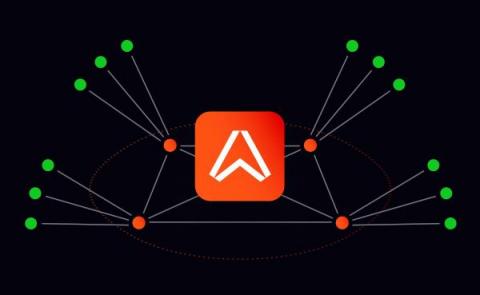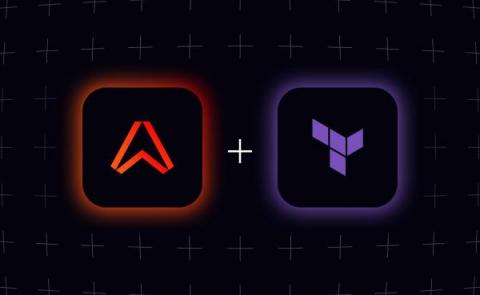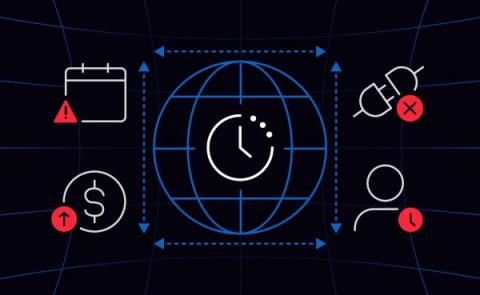Building realtime experiences: How to reduce the cost
Realtime is now a core user expectation. Whether you’re enabling online communities through realtime chat or creating shared workspaces for remote collaboration, a near instantaneous flow of data forms the backbone of modern software engineering. As such, most organizations have already had a discussion around whether to buy realtime infrastructure or to build it in-house.










